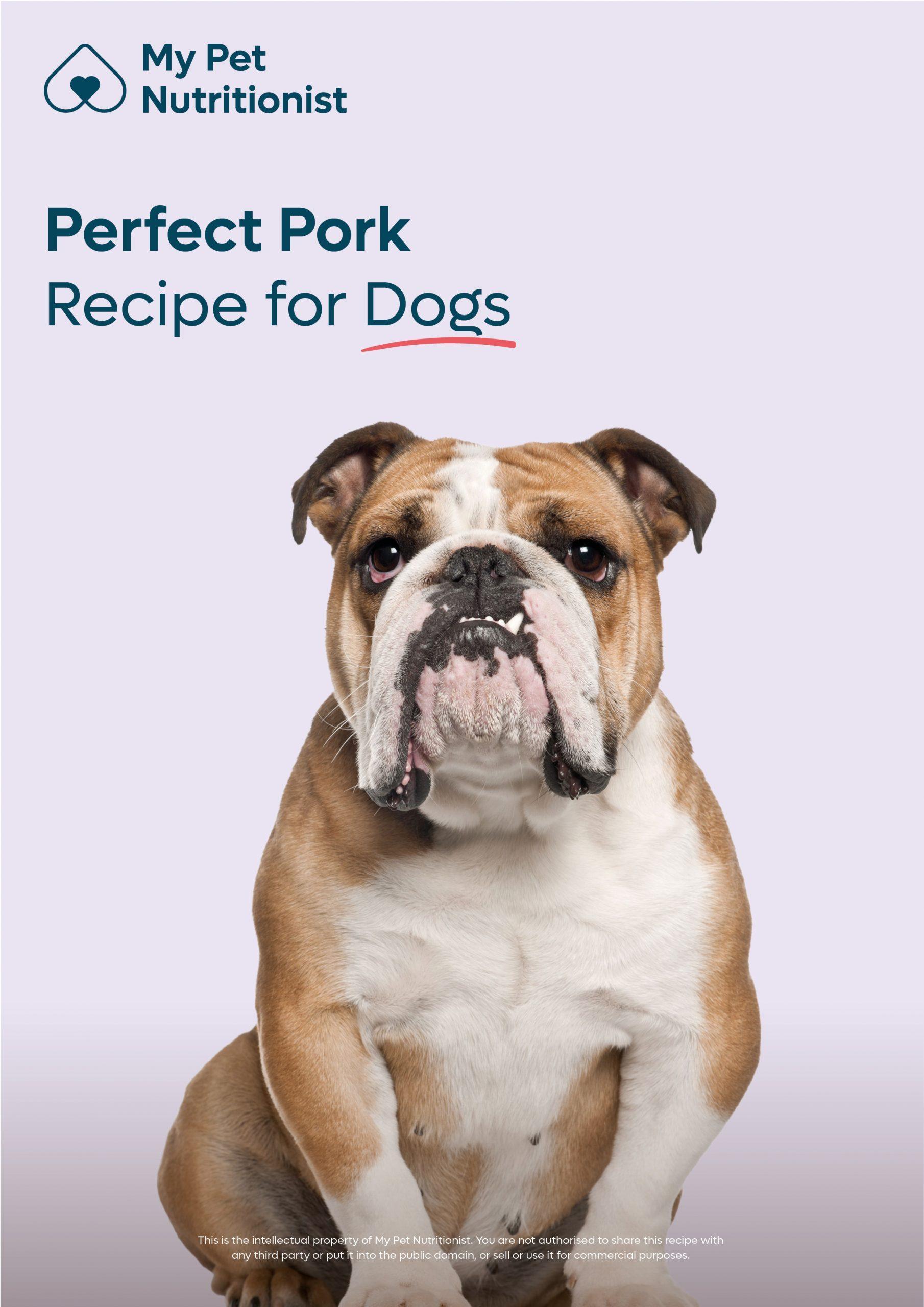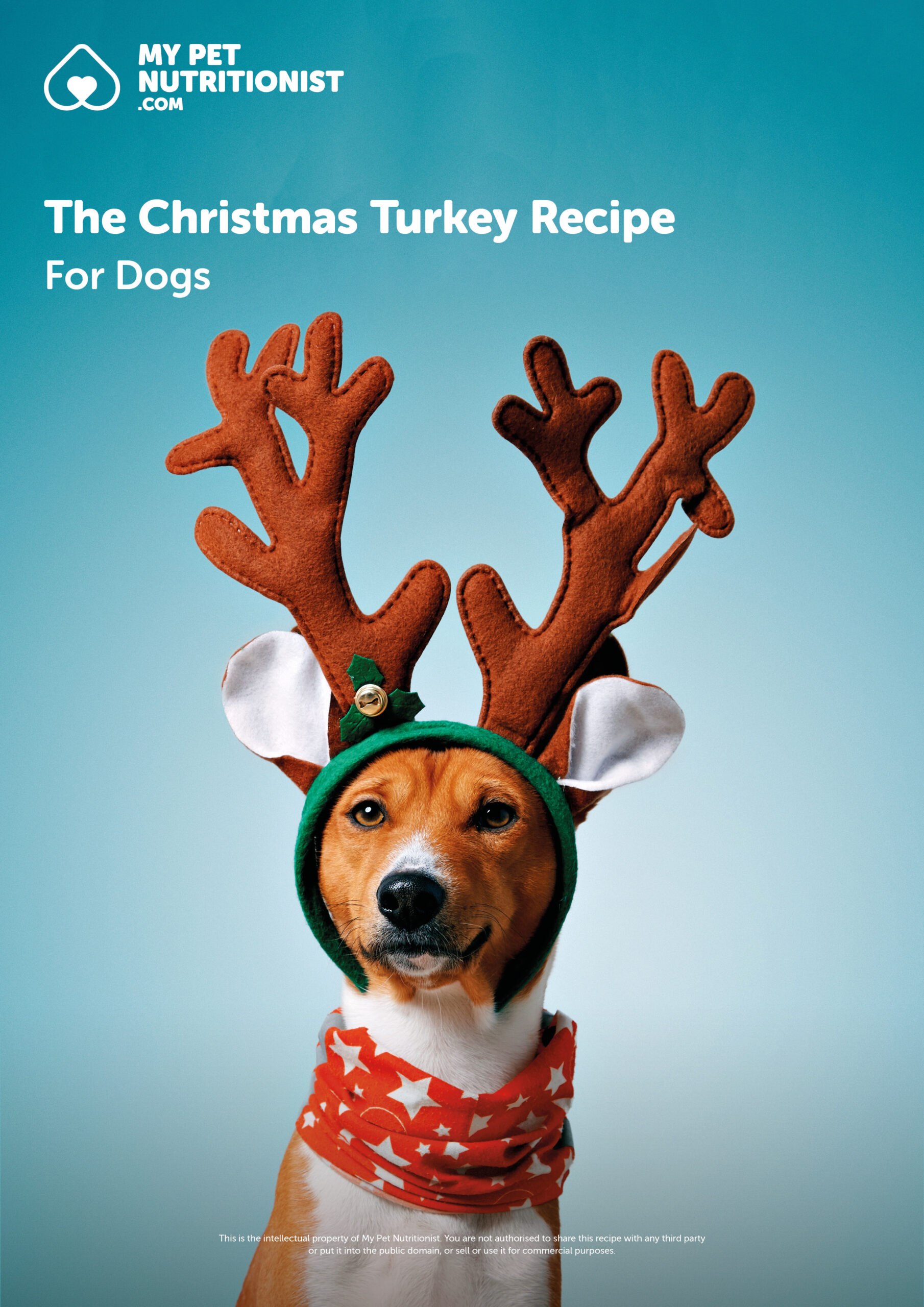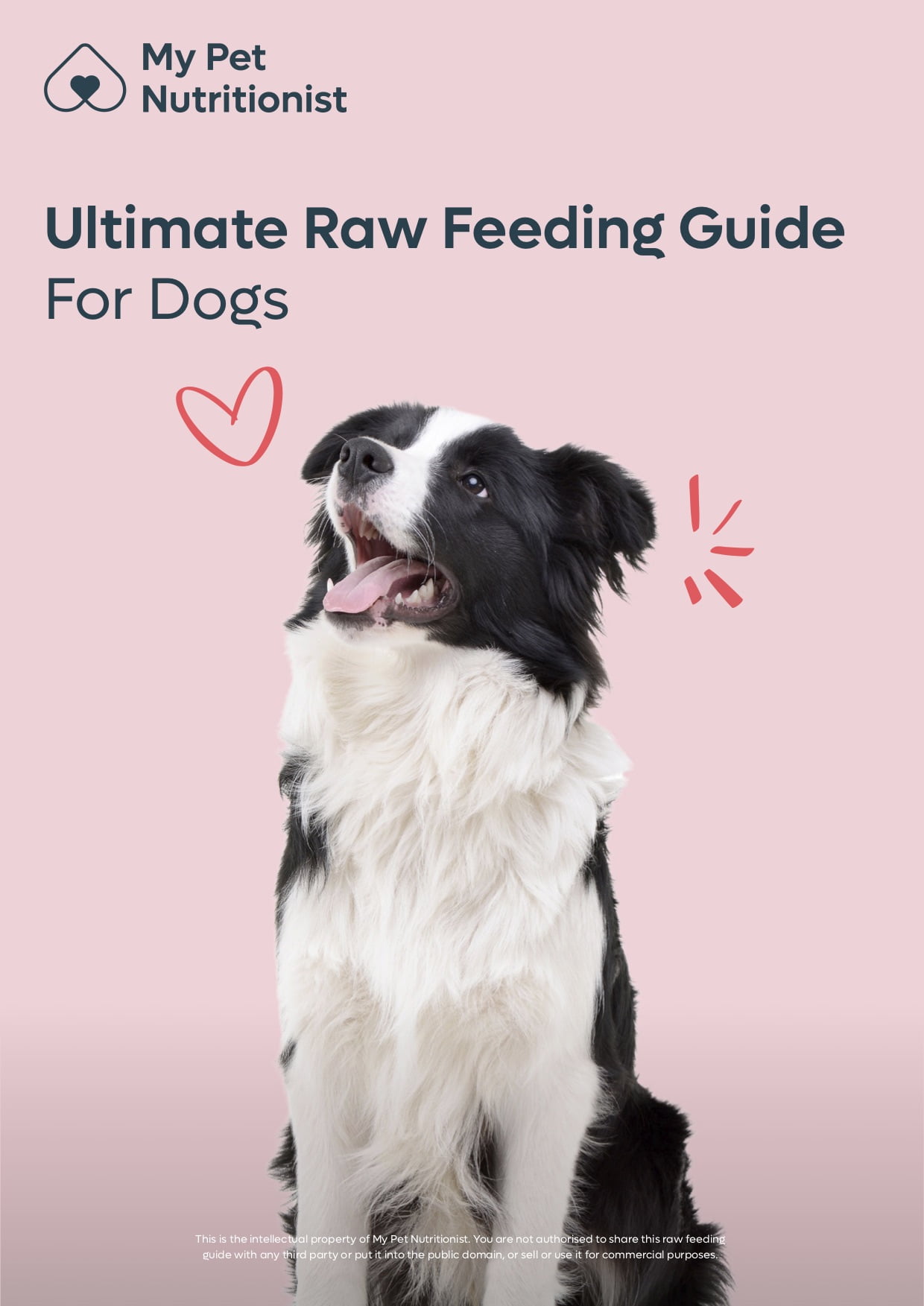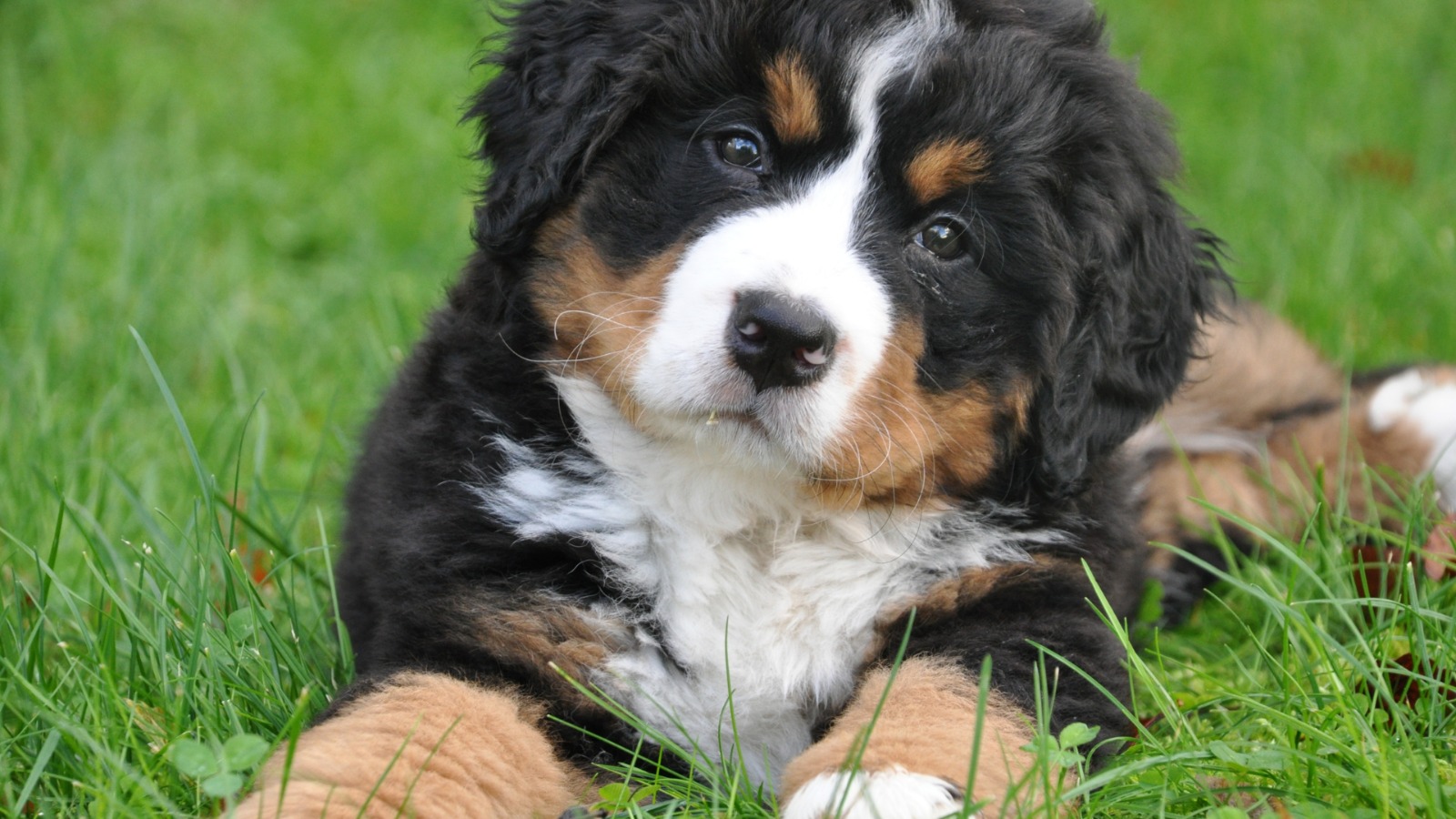-
£19.99

Should I Feed my Itchy Dog a Cool Protein?
- January 18, 2024
- 4 mins 40 secs
If you use social media, or dog health forums, you may have heard fellow pet parents mentioning ‘cool’, ‘warm’, ‘hot’ and ‘neutral’ foods. The recommendation for itchy dogs, tends to be to use ‘cool’ foods if we look at nutrigenomics and the principle of food energetics. Here at My Pet Nutritionist, we wanted to dedicate a blog to ‘cool foods’, and feeding them to itchy dogs, so we hope this blog post answers any questions you may have!
Balance is the basis of Yin-Yang Nutrition, and is what determines whether an individual should eat cool, neutral, warm or hot food sources. Lets take a look at the clinical symptoms of and abundance and deficiency of yin and yang.
If your dog has an abundance of Yang…they have excessive heat as they’re unable to counteract warming properties. Heat needs to be removed, so cool foods are required. Clinical signs of dogs with an abundance of yang include:
If your dog has a deficiency of Yang… the body lacks warming properties enough to combat the normal level of Yin in the body, so warming foods are required. Clinical signs of dogs with a deficiency of Yang include:
If your dog has an abundance of Yin… they have excessive coldness, and are unable to counteract cooling properties. Warmth needs to be gained, and cold removed, so hot foods should be given. Clinical signs of dogs with an abundance of Yin include:
If your dog has a Yin deficiency… the body lacks cooling properties, enough to combat the normal levels of Yang, so cooling foods are required. Clinical signs of dogs with a deficiency of Yin include:
Findings Here
Findings Here
If your dog is in perfect balance, then the above clinical signs will not be apparent, and the dog will be healthy, with pink, moist tongue, normal activity levels, a formed stool, no pain, and normal heart rate and beat. When looking at the Yin-Yang theory, these dogs should eat a balance of ‘Cool’ and ‘Hot’ foods, and unlimited ‘Neutral’ foods.
Findings Here
You can learn more about general Traditional Chinese Medicine here.
For itchy dogs suffering with these conditions, feeding a cool diet may be hugely beneficial to getting on top of the itch. While alternative therapies are often frowned upon by the medical community, there are studies to prove the efficacy and safety of Traditional Chinese Medicine, and other natural therapies.
Findings Here
Findings Here
By looking at the dog’s clinical signs closely, you may see some of the less obvious signs of a Yin-Yang imbalance. Once an imbalance is detected, you can tailor the dog’s diet to include more cool proteins, and eliminate any warm or hot ones.
As the cooling proteins have an anti-inflammatory effect for those with inflammation in and on the body, the reduction in inflammation will help reduce itching. Ultimately, the Yin-Yang balance will align, and the body will have equal amount of both Yin, And Yang. Theoretically, this will present as perfect health, and eliminated itching.
It’s important to bear in mind, that itching could be caused by food sensitivities, which can require a more western approach, and a full elimination diet to be completed. Some evidence does suggest that pruritic dermatitis, associated with food sensitivities, can be helped using cooling proteins, but due to the complexity of food sensitivities, we would recommend speaking to us before acting on this.
Findings Here
If your dog has seasonal allergies, or any of the other itch-inducing conditions mentioned in this blog post, and you wish to try the Traditional Chinese Medicine approach with cooling foods, please don’t hesitate to book in with one of our team where you will be given a tailored recipe for your dog, using cool proteins and other cool food components!
Team MPN x
Yin-Yang Nutrition
Yin-Yang Nutrition is a Traditional Chinese Medicine concept which categorises foods into four pillars – Cool, Neutral, Warm and Hot. Which category each protein is linked to, depends on that food’s characteristics.Balance is the basis of Yin-Yang Nutrition, and is what determines whether an individual should eat cool, neutral, warm or hot food sources. Lets take a look at the clinical symptoms of and abundance and deficiency of yin and yang.
If your dog has an abundance of Yang…they have excessive heat as they’re unable to counteract warming properties. Heat needs to be removed, so cool foods are required. Clinical signs of dogs with an abundance of yang include:
- Acute onset, usually at a younger age
- Short course
- No general weakness
- High fever
- Hyperactivity
- Elevated heart rate
- Strong heartbeat
- Tongue discolouration – usually red or purple
If your dog has a deficiency of Yang… the body lacks warming properties enough to combat the normal level of Yin in the body, so warming foods are required. Clinical signs of dogs with a deficiency of Yang include:
- Chronic onset, usually at an older age
- Long course
- Low body temperature at the extremities
- Loose stools
- Urinary incontinence
- Swelling of the limbs due to trapped body fluids (Oedema)
- Chronic weakness and pain
- Generalised weakness
- Discolouration to the tongue – usually pale
- Weak heart rate
- Deep heart beat
- Infertility
If your dog has an abundance of Yin… they have excessive coldness, and are unable to counteract cooling properties. Warmth needs to be gained, and cold removed, so hot foods should be given. Clinical signs of dogs with an abundance of Yin include:
- Acute onset, usually at a younger age
- Short course
- High pain levels
- No general weakness
- Swelling of the limbs due to fluid retention (Oedema)
- Loose stools
- Slow heart rate
- Strong heart beat
- Tongue discolouration – usually red or purple
If your dog has a Yin deficiency… the body lacks cooling properties, enough to combat the normal levels of Yang, so cooling foods are required. Clinical signs of dogs with a deficiency of Yin include:
- Chronic onset, often at a younger age
- Long course
- Generalised weakness
- Fever, but not high fever
- Anxiety
- Increased thirst
- Seeks cool areas
- Tongue discolouration – usually red and dry
- Increased heart rate
Findings Here
Findings Here
If your dog is in perfect balance, then the above clinical signs will not be apparent, and the dog will be healthy, with pink, moist tongue, normal activity levels, a formed stool, no pain, and normal heart rate and beat. When looking at the Yin-Yang theory, these dogs should eat a balance of ‘Cool’ and ‘Hot’ foods, and unlimited ‘Neutral’ foods.
Findings Here
You can learn more about general Traditional Chinese Medicine here.
Which Foods are Cool?
So, when we speak of ‘cool proteins/foods’, what do we actually mean? Which foods are cool?Protiens
- Duck
- Frog (perhaps not the easiest to source in most countries, but frog meat can be used as part of a balanced DIY raw diet)
- Rabbit
- Cod
- Scallops
- White fish
- Eggs
- Pork
- turkey
Plants
- Broccoli
- Cauliflower
- Turnip
- Lettuce
- Cucumber
- Seaweed/kelp
- Dandelion
- Spirulina
- Swiss chard
- Wheat grass
- Button mushrooms
- Apple
- Banana
- Melon
Supplements
- Flaxseed
- Sesame seeds
Itchy Dogs and Cool Proteins
Itchy dogs may benefit from being fed cool proteins, in some situations. It can very much depend on the reason the dog is itchy – food intolerances/allergies, or environmental allergies. The problem with food related itching, is that the immunological response to a protein can vary between sources, and isn’t necessarily down to heat in the body. In these situations, working on gut health is important, as is working out which proteins need to be eliminated from the diet. If the dog is suffering with environmental allergies however, the body’s response to an environmental allergen is inflammation, which can often be linked to imbalances in the Yin and Yang.Dogs with itching and allergies tend to have excess Yang.The main element of this, and what we will focus on in this blog, is seasonal allergies. When a dog presents with seasonal allergies, a number of conditions can occur, which can be down to heat invasions with damp elements. Conditions often coming hand in hand with seasonal allergies, as well as occurring independently include generalised itching, eczema, hot spots, interdigital furunculosis, dermatitis, and seasonal alopecia. Dryness during old age can also cause coat and skin changes which present as itching.
For itchy dogs suffering with these conditions, feeding a cool diet may be hugely beneficial to getting on top of the itch. While alternative therapies are often frowned upon by the medical community, there are studies to prove the efficacy and safety of Traditional Chinese Medicine, and other natural therapies.
Findings Here
Findings Here
By looking at the dog’s clinical signs closely, you may see some of the less obvious signs of a Yin-Yang imbalance. Once an imbalance is detected, you can tailor the dog’s diet to include more cool proteins, and eliminate any warm or hot ones.
As the cooling proteins have an anti-inflammatory effect for those with inflammation in and on the body, the reduction in inflammation will help reduce itching. Ultimately, the Yin-Yang balance will align, and the body will have equal amount of both Yin, And Yang. Theoretically, this will present as perfect health, and eliminated itching.
It’s important to bear in mind, that itching could be caused by food sensitivities, which can require a more western approach, and a full elimination diet to be completed. Some evidence does suggest that pruritic dermatitis, associated with food sensitivities, can be helped using cooling proteins, but due to the complexity of food sensitivities, we would recommend speaking to us before acting on this.
Findings Here
If your dog has seasonal allergies, or any of the other itch-inducing conditions mentioned in this blog post, and you wish to try the Traditional Chinese Medicine approach with cooling foods, please don’t hesitate to book in with one of our team where you will be given a tailored recipe for your dog, using cool proteins and other cool food components!
Team MPN x
Customer Reviews
Explore related products
Related articles
✕












